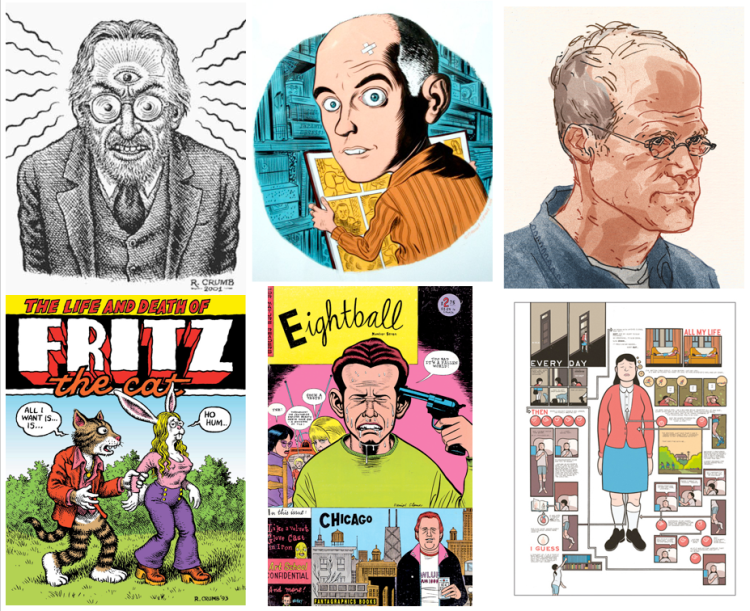This is the first entry in a long-term project to create a descriptive list (AKA guide or annotated bibliography) of books, articles, webpages, films, etc. about the Algonquin First Nation.
Book-learning has its limits, particularly when it comes to indigenous topics. But it can help create a basic knowledge foundation – the kind of ‘Algonquin-101’ foundation that our schools and society fail to provide.
I grew up in the city of Ottawa, in the Kitchissippi watershed, but never realized I was on Algonquin territory until my mid-20s. As someone from a white settler background, I then felt a responsibility to learn something about the people of this territory. This list began as a tool I used for my own education.
Making sources of information about the Algonquin people more accessible will, I hope, help in some small way with the decolonization of this territory.
I’ll try to add 1-3 entries every week.
I’ll kick things off with a review of one of the best and certainly the most fun book on the Algonquin people that I’ve read. It’s based in part on a review I wrote for the Leveller.

Rick Revelle. I Am Algonquin: An Algonquin Quest Novel.
Publisher: Dundurn, 2013.
275 pages.
Aimed at the teen market, this novel is written by a member of the Ardoch Algonquin. It is the story of Mahingan, of the Kitcìpiriniwak tribe, a chief and “forefather of the Great Chief Tessouat,” who was born in 1305. (It’s not clear to me if Mahingan is fictional or based on a real historical figure).
The narrative is exciting and action-packed, with quite graphic descriptions of hunting and warfare. Along the way a lot of Algonquin vocabulary is introduced, and almost every aspect of Algonquin culture is touched on. It gives as thorough a picture of Algonquin life as Kirby Whiteduck’s Algonquin Traditional Culture, just embedded in an entertaining and easy-reading narrative. As such, the book seems like an extension of the indigenous practice of teaching youngsters their culture through story-telling.
The book suffers from some editing lapses – some of the transitions in time and perspective are confusingly and inconsistently handled, for example. The books also seems to perpetuate some minor stereotypes about indigenous culture that I have heard criticized in anthropological literature. (I.e. male hunters weren’t actually the main providers for their families, calorie for calorie; warfare was often symbolic and involved relatively few deaths; starvation was occasionally a threat, but people generally lived lives of leisure and comfort). A little bit of distortion is introduced by the story’s focus on male characters, and some of the violence and privation seems overplayed for the sake of narrative excitement.
These are minor quibbles, however. The depiction of Algonquin life is generally quite nuanced, and often eye-opening. A warrior with a disability and two female warrior-hunters (who are partners) are shown to be respected and valued members of their community, for example. The book abounds in interesting details, which are generally used to propel the narrative forward, rather than bog it down.
In the end, this is honestly the best book I know of for introducing pre-Contact Algonquin culture.
Availability:
Publisher’s page for “I Am Algonquin”
Ottawa Public Library – Catalogue Entry
Perth Union Library – Catalogue Entry
Kingston-Frontenac Public Library – Catalogue Entry
Note: Since this review was written, Revelle has published Algonquin Spring and Algonquin Sunset, which are part of the same series.

 But they also showed that certain programs and services were giving security agencies difficulty. These programs implemented encryption in various contexts – for browsing, instant messaging, calling, or for drives and whole operating systems. In 2013 the NSA
But they also showed that certain programs and services were giving security agencies difficulty. These programs implemented encryption in various contexts – for browsing, instant messaging, calling, or for drives and whole operating systems. In 2013 the NSA 


 Kitz: I think it’s a comic, since it juxtaposes a series of images with text in an attempt to make an overall statement. But it’s all a big experiment, and it’s up to other people to decide if it works – and if it even counts as a ‘real comic’.
Kitz: I think it’s a comic, since it juxtaposes a series of images with text in an attempt to make an overall statement. But it’s all a big experiment, and it’s up to other people to decide if it works – and if it even counts as a ‘real comic’.